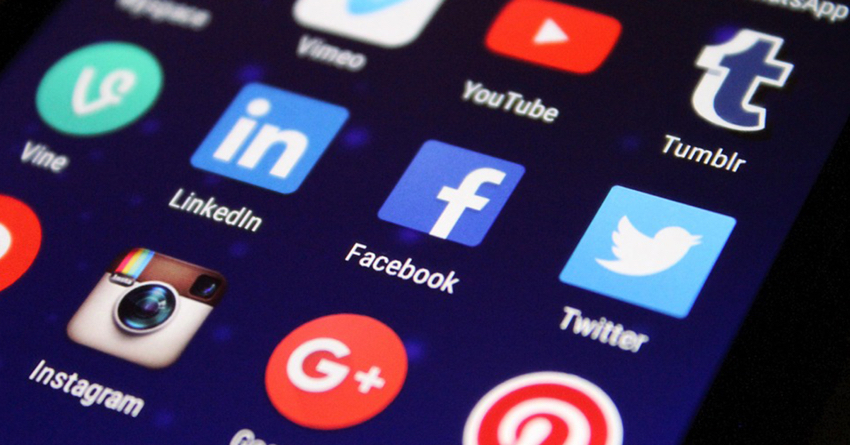
Social Media Plan
The world population is over 7 billion. There are 3.5 billion users on the internet according to Wikipedia. Facebook has 2 billion users, YouTube 1.5 billion, WhatsApp 1.3 billion, Instagram 800 million and twitter 330 million. Social media is a fact of life for all businesses.
Many small business owners make the mistake of “doing social media” when s/he has five minutes to spare. As a result, the frequency and quality of the message is usually diluted or lost. Visitors to a website or Facebook page will be put off if the content is literally “old news”. A careless retweet without checking the facts may result in embarrassment (as many a politician has discovered!) and damage to the brand. Perhaps the most dangerous is not responding to comments or a poorly considered response which suddenly goes viral for all the wrong reasons. Despite your personal thoughts on social media, the uptake is increasing at a staggering rate and a business cannot afford to be casual or indifferent.
In a nutshell, every post, picture, response or like from the business to the world at large needs to be with two goals in mind:
- An increase in marketing and sales
- A considered and professional engagement with customers, suppliers and the broader market (brand building)
Daunting as this may seem at first, a well thought out social media plan will take the pain away. Once you have decided on your approach and the content you will be posting, the rest is at the click of a button. It is important to consider:
- What are your objectives? If you are simply trying to build brand awareness then the number of clicks, likes & retweets may be a valid measurement. However, 100 clicks on your website or 50 likes on a Facebook post without a commensurate increase in sales is not going to help the bottom line. To measure an improvement in sales, it is necessary to look at how many leads or actual converted sales were generated.
- What are your social media activities right now? Who is engaging with the business, about what, using which channels, at what times and how often…? What are your competitors doing? Are you using the right platform for your customers?
- Have a clear picture of your audience/target market, even develop a customer persona. (Gender, age group, sophistication, interests, his preference for tweets vs her preference for Instagram… which social media platforms does your customer use, in what way and at what times of the day or week?)
An example of a specific and measurable goal for a business that sells Eco-friendly products: “Our target market is female and middle aged, with a strong concern for the environment. For Facebook, we will post three times a week, at lunchtime, articles and images that reflect our commitment to the environment and sharing information on “going green”. The target for each post is 30 likes and 5 re-shares. This will strengthen our brand as being a thought leader in environmental awareness.
- Select the top three channels for your target audience and do them well, rather than trying to engage on all platforms. Be clear as to why you selected a particular channel and who is the specific customer person? E.g. Facebook does tend to appeal to older audiences whereas Instagram may attract a younger audience. The content may stay the same, but the tone and style of your message on one will be different to the other.
- Decide on the type of content, the channel and the frequency of your posts. It is important at this point to also decide who will create the content and who is responsible for responding to customers. Remember this is the electronic face and voice of your business. A social media calendar is the easiest way to plan and keep track of what needs to be posted and when. Hootsuite recommend using the three thirds approach to designing content:
- 1/3 of your social content to promote your business and generate sales
- 1/3 should share information and ideas – thought leader
- 1/3 should encourage personal interactions and conversations with your audience
As with all plans, the more practical and measurable it is, the better the implementation and outcomes. Tools such as Hootsuite, Social Booster and Sendible enable you to manage all social media activities in one place. If your customers are often engaging in the evenings, simply pre-load the content & command the post to be shared on a certain platform, on a certain date at a certain time for maximum exposure.
Remember, no communication should be one way. You need to be listening to and responding to your customers, as well as posting content.

0 comments